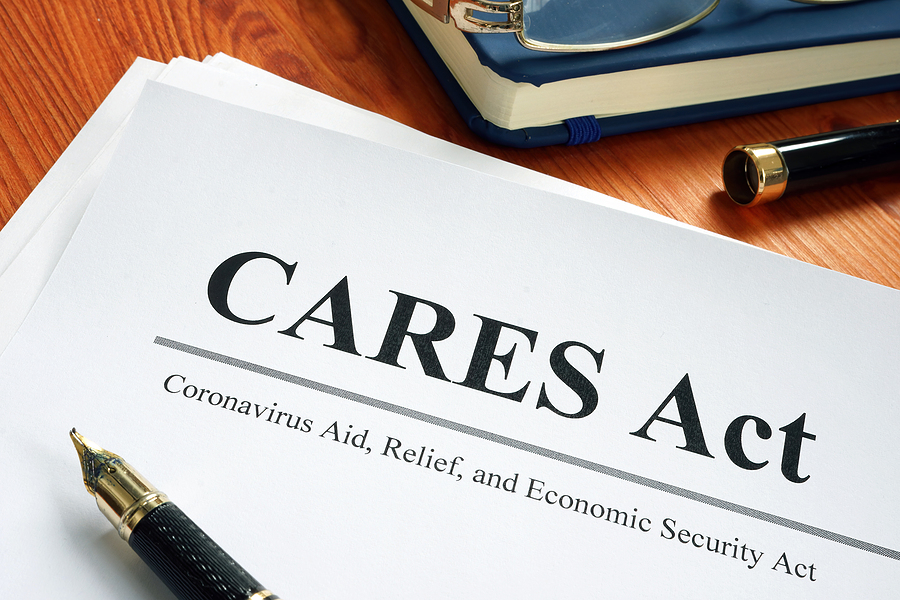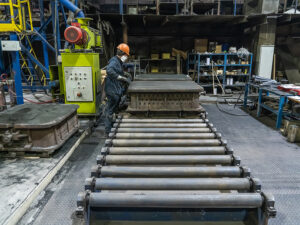CARES Act Changes Rules for NOL Carrybacks and QIP
Kirsch CPA Group
Sep 15, 2020

Consider these two favorable federal income tax rule changes included in the Coronavirus Aid, Relief and Economic Security (CARES) Act when deciding whether to take advantage of first-year depreciation breaks for assets placed in service this year.
1. NOL carrybacks. The CARES Act allows net operating losses (NOLs) that arise in tax years beginning in 2018 through 2020 to be carried back for up to five years. Many businesses may have 2020 NOLs due to the COVID-19 economic fallout. Those NOLs can be carried back as far as 2015.
NOL carrybacks to any pre-2018 tax year could be especially beneficial. That’s because the federal income tax rates for both individuals and corporations were lowered for tax years beginning in 2018 under the Tax Cuts and Jobs Act (TCJA).
2. Real estate qualified improvement property (QIP). When drafting the TCJA, Congress intended to allow 100% first-year bonus depreciation for real estate QIP placed in service in 2018 through 2022. Congress also intended to give you the option of claiming 15-year straight-line depreciation for QIP placed in service in 2018 and beyond.
QIP is defined as an improvement to an interior portion of a nonresidential building that’s placed in service after the date the building was first placed in service. However, QIP doesn’t include expenditures:
- To enlarge a building,
- For an elevator or escalator, or
- For any internal structural framework of a building.
Due to an error in drafting the TCJA, the intended first-year bonus depreciation break for QIP never made it into the statutory language. The CARES Act includes a retroactive technical correction to fix that oversight.
The correction causes QIP to be treated as property that can be depreciated over 15 years for federal income tax purposes, making it eligible for first-year bonus depreciation. That means real estate owners can claim 100% first-year bonus depreciation for QIP placed in service in 2018 through 2022.
Important: The correction has a retroactive effect for QIP that was placed in service in 2018 and 2019. Before the correction, taxpayers generally had to treat QIP placed in service in those years as nonresidential real property to be depreciated over 39 years using the straight-line method. Consult your tax advisor to determine whether you should file an amended tax return for 2018 and/or 2019.
More Resources

About The Author
Kirsch CPA Group is a full service CPA and business advisory firm helping businesses and organizations with accounting,…
Sign Up for Email Updates
Tags
Accounting & Financial News

6 Year-End Small Business Tax Saving Tips
There's still time for small businesses and their owners to implement strategies to save taxes for 2025.…

Manufacturers: Act Now To Claim the Sec. 179D Deduction for Energy-Efficient Building Improvements
The One Big Beautiful Bill Act (OBBBA) repeals or reduces many clean energy tax incentives, including the…



